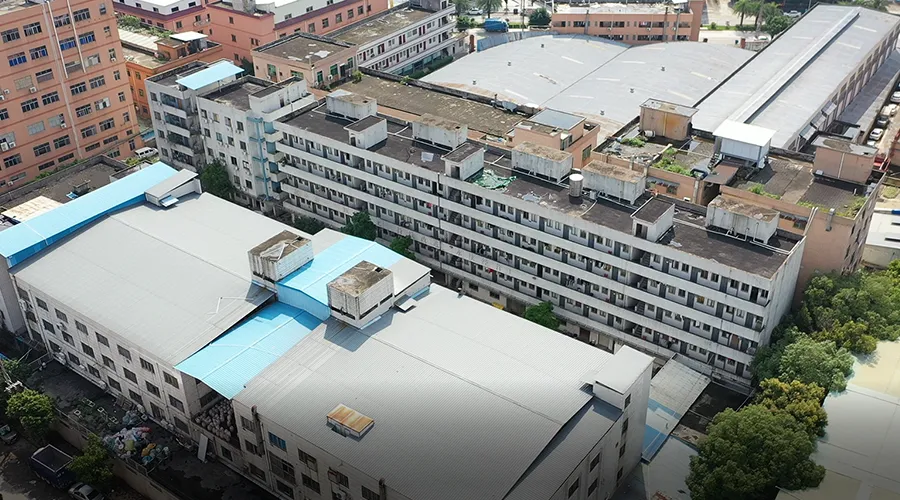
There are various reasons why someone might choose to cover their nipples. It could be for personal comfort, to adhere to social norms or dress codes, to prevent chafing during physical activity, or to achieve a specific aesthetic under clothing. Whatever the reason, there’s a wide range of methods available, each with its own advantages and disadvantages. This article explores those methods in detail, providing practical guidance and considerations for choosing the best option.
Clothing Choices
The simplest and often most effective way to cover nipples is through strategic clothing choices. This is a non-invasive approach that relies on fabric and garment construction to provide the desired coverage.
- Thick Fabrics: Materials like denim, wool, thick cotton, and corduroy naturally offer more opacity and are less likely to reveal nipple outlines.
- Layering: Wearing multiple layers, such as a t-shirt underneath a sweater or a camisole under a blouse, adds opacity and reduces the visibility of nipples.
- Patterned Fabrics: Busy patterns, especially those with darker colors or intricate designs, can camouflage the shape of the nipples. Solid, light-colored fabrics tend to be more revealing.
- Structured Garments: Clothes with built-in structure, such as lined jackets, tailored shirts, or dresses with thicker bodices, provide more coverage and support.
- Bras with Padding or Lining: Many bras are specifically designed to provide nipple coverage. Padded bras offer significant coverage, while lightly lined bras provide a smoother silhouette without adding bulk. Consider T-shirt bras, contour bras, or sports bras with molded cups.
- Loose-fitting clothing: Clothes that do not cling to the body are less likely to show the nipples.
Adhesive Options
When clothing alone isn’t sufficient, or when wearing thin or sheer fabrics, adhesive options offer a more direct method of covering nipples.
- Nipple Covers (Pasties): These are small, adhesive patches designed specifically to cover the nipple and areola. They come in various shapes, sizes, colors, and materials:
- Silicone Nipple Covers: Reusable, smooth, and often provide a natural look under clothing. They can be washed and reused multiple times.
- Fabric Nipple Covers: Typically made from cotton or satin, these are often disposable and may be more comfortable for sensitive skin.
- Adhesive Petals: These are similar to nipple covers but are often flower-shaped or decorative. They provide basic coverage but may not be as durable as silicone options.
- Medical Tape: In a pinch, certain types of medical tape can be used to cover nipples. However, it’s crucial to choose a tape designed for skin contact and to test it on a small area first to avoid irritation or allergic reactions. Avoid using duct tape or other strong adhesives not intended for skin.
- Band-Aids: Standard adhesive bandages can be used for temporary, emergency coverage. This is not ideal for long-term use or for larger nipples, as they may not provide adequate coverage and can be uncomfortable to remove.
- Silicone Breast Petals/Breast Forms (with adhesive): For those seeking a more substantial change in breast shape along with nipple coverage, adhesive breast petals or forms can be an option. These are typically larger than nipple covers and provide a more rounded or enhanced silhouette.
Important Considerations for Adhesive Options:
- Skin Sensitivity: Always test a new adhesive product on a small area of skin before applying it to the nipple area. Discontinue use if irritation, redness, or itching occurs.
- Application: Ensure the skin is clean and dry before applying adhesive products. Avoid using lotions, oils, or powders on the area, as these can interfere with adhesion.
- Removal: Remove adhesive products gently and slowly. If necessary, use a small amount of oil (e.g., baby oil, coconut oil) or adhesive remover to help loosen the adhesive and minimize discomfort.
- Duration: Avoid wearing adhesive covers for extended periods, especially in hot or humid conditions, as this can increase the risk of skin irritation.
- Reusable ones should be cleaned regularly: Follow manufacturer suggestions.
Non-Adhesive Options
For those who prefer to avoid adhesives, there are several non-adhesive alternatives.
- Bralettes and Camisoles with Built-in Padding: Some bralettes and camisoles are designed with light padding or shelf bras that provide nipple coverage without the need for adhesive products.
- Breast Petals (without adhesive): Some silicone or fabric petals are designed to be worn inside a bra or tight-fitting top, relying on pressure to stay in place. These are less secure than adhesive options but can be a good choice for those with sensitive skin.
- Sew-in Bra Cups: For a more permanent solution, bra cups can be sewn into garments that lack built-in support or coverage. This requires some sewing skills or the assistance of a tailor.
Conclusion
Covering nipples is a personal choice, and there’s no single “right” way to do it. The best method depends on individual needs, preferences, the specific garment being worn, and the desired level of coverage. Experimenting with different options is key to finding what works best. Always prioritize skin health and comfort, and be mindful of potential sensitivities when using adhesive products. Whether you opt for strategic clothing choices, adhesive covers, or non-adhesive alternatives, there are numerous ways to achieve the desired level of nipple coverage and feel confident and comfortable in your clothing.






